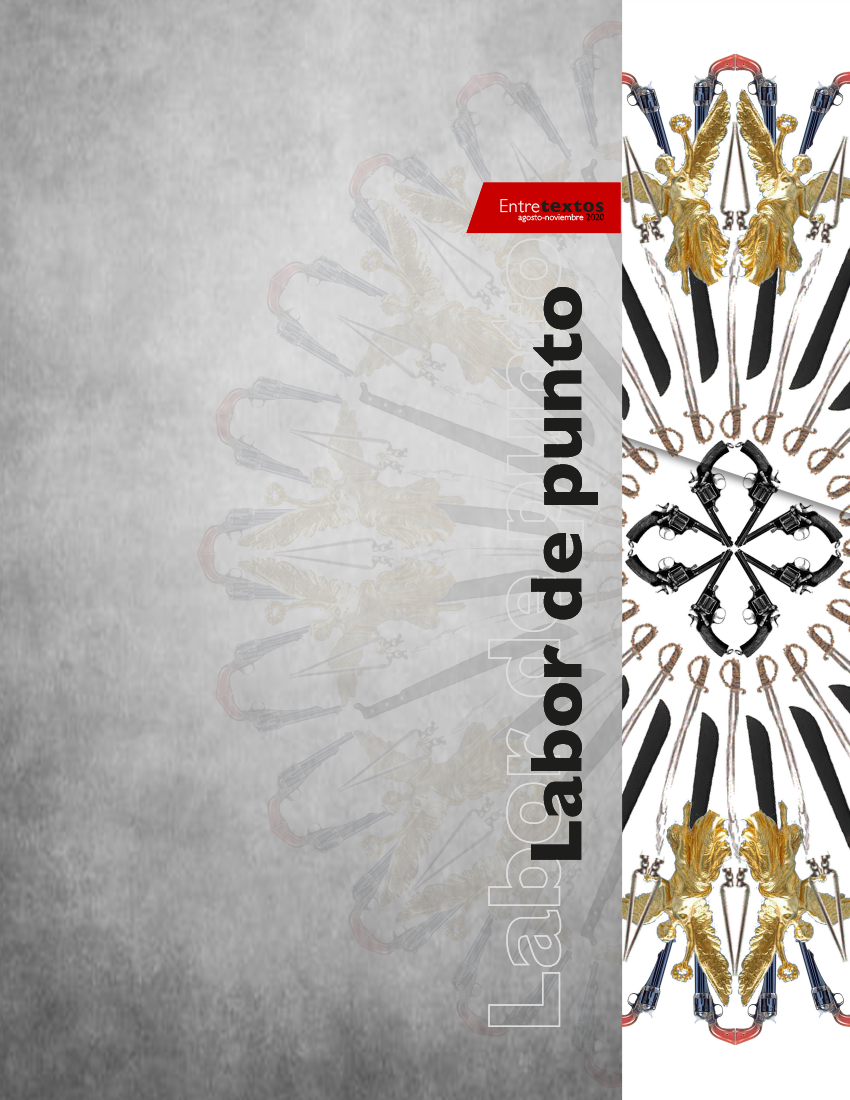Criminal insurgencies and urban warfare in Latin America
An approach to the process of regional urbanization and its impact on the tactical and operational evolution of transnational criminal organizations
DOI:
https://doi.org/10.59057/iberoleon.20075316.20203556Keywords:
organized crime groups, parallel narco-governments, illicit economy, urban warfare, criminal insurgenciesAbstract
Latin American cities and megacities had become spaces for the proliferation of licit and illicit business, which, outside the law, have allowed the development of pockets of insecurity within cities. It is intended to demonstrate that urban environments have become a kind of Petri dish, where changes of a legal and illegal nature converge in to the extensive urban infrastructure which facilitates the flow of goods and logistics capacities for exchange of goods and services. The growth of urban spaces in Latin America has evidenced, on the one hand, the dynamics of concentration of wealth in cities and megacities, which have exceeded their ability to meet citizen demands, causing an accelerated process of erosion of the faculties of the State, which has been used by criminal groups to create parallel governments within the cities.
This article seeks to explain the link between the nature of cities and the proliferation of a new typology of urban warfare, which emerges in a complex process of transformation of the patterns of transnational criminal organizations, which have evolved into criminal insurgencies that take advantage of the complex and multifaceted dynamics of large cities to expand their illicit businesses through the development of disruptive tactics and territorial control such as guerrilla warfare.
Downloads
References
Bustamante, A. (2019). Insurgencias Locales. Una aproximación a la lucha contra el crimen organizado en México. Ciudad de México: Museo Memoria y Tolerancia.
Hobsbawm, E. (2005). The age of extremes: The short twentieth century, 1914-1991. Londres: Penguin Group.
Keohane, R. y Nye J. (2000). Globalization. What ́s New? What ́s not? (And so What?). Foreign Policy, 118, pp. 104-119. Recuperado de https://doi.org/10.2307/1149673.
Miskel, J. F. y Liotta, P. (2006). A Fevered Crescent: Security and Insecurity in the Greater Near East. Gainesville: University Press of Florida.
Murillo Zamora, C. (2016). El crimen transnacional organizado como insurgencia no política: la experiencia Centroamérica. Desafíos, 28(2), pp. 177-211. Recuperado de http://dx.doi.org/10.12804/desafios28.2.2016.05.
Norton, R. (2003). Feral cities. Naval War College Review, 56(4), Article 8. Recuperado el 8 de julio del 2010, de https://digital-commons.usnwc.edu/cgi/viewcontent.cgi?article=2342&context=nwc-review.
Stier, K.(12 de diciembre del 2004). Feral Cities. The New York Times Magazine. Recuperado el 20 de julio del 2020, de https://www.nytimes.com/2004/12/12/magazine/feral-cities.html.
Sullivan, J. P. (2011). From drug wars to criminal insurgency: Mexican cartels, criminal enclaves and criminal insurgency in Mexico and Central America, and their implications for global security. Implications for Global Security. Recuperado el 12 de julio del 2020, de https://halshs.archives-ouvertes.fr/halshs-00694083.
Sullivan, J. P. (31 de mayo del 2009). Future Conflict: Criminal Insurgencies, Gangs and Intelligence. Small Wars Journal , pp. 1-13. Recuperado el 10 de julio del 2020, de https://smallwarsjournal.com/comment/14145#comment-14145.
ONU-Hábitat. (2016). Urbanization and development: Emerging futures. World Cities Report 2016. Recuperado el 4 de julio del 2020, de https://unhabitat.org/sites/default/files/download-manager-files/WCR-2016-WEB.pdf.
Von Clausewitz, C. (1984). On War. Nueva Jersey: Princeton University.

Downloads
Published
How to Cite
Issue
Section
License
Copyright (c) 2020 Entretextos

This work is licensed under a Creative Commons Attribution-NonCommercial 4.0 International License.




